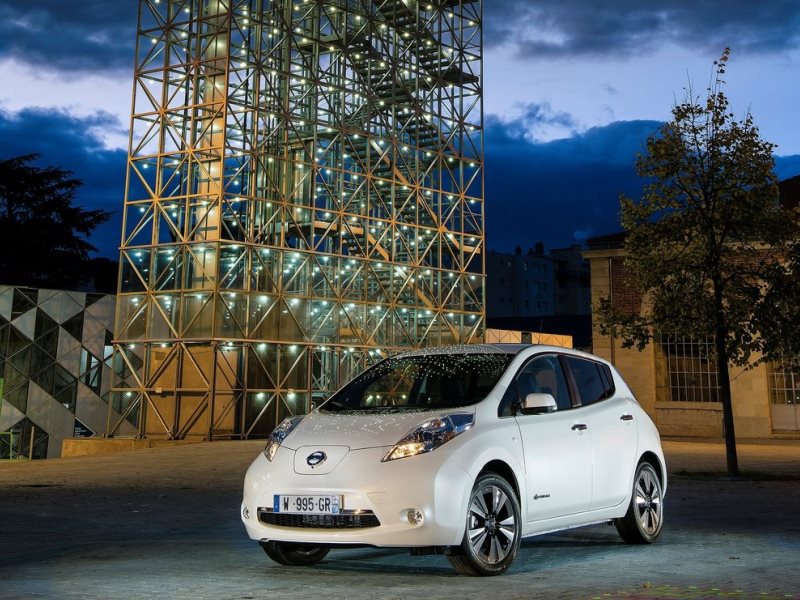Recent Articles
Popular Makes
Body Types
2016 Electric Car Tax Incentives: The Shocking Truth
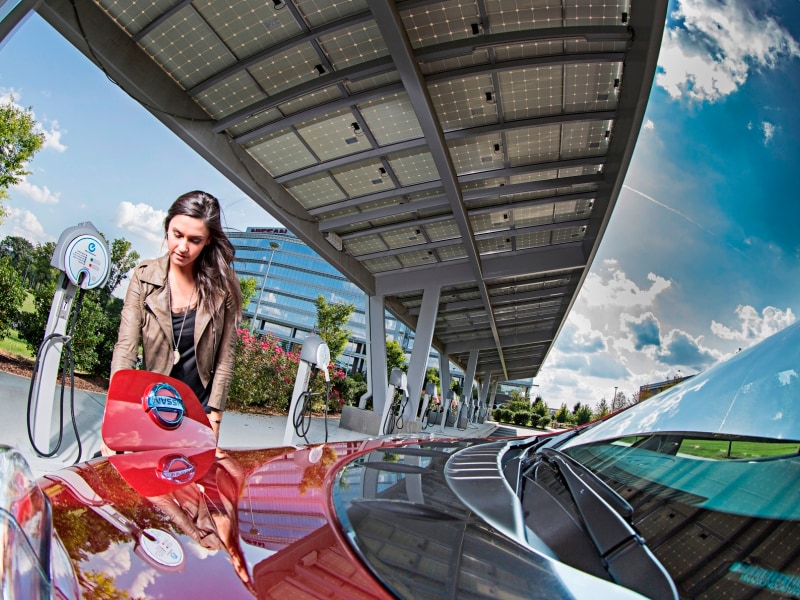
Thanks to the 2016 electric car tax incentives and rebates, along with improved pricing from the automakers, it’s never been easier on your wallet to enjoy the zero-emissions, all-electric driving benefits of a modern-day EV. While finding the MSRP of an EV is a simple process, however, making sure that you’ve cashed in on all available discounts to minimize a stated sticker price can be a challenge.
A good starting point, of course, is the vehicles themselves. According to §30D of the Internal Revenue Code, effective for all vehicles purchased beginning on Jan. 1, 2010, “a vehicle that draws propulsion energy from a battery with at least 5 kilowatt hours of capacity” is eligible for both the basic $2,500 income tax credit for “certain new qualified plug-in electric drive motor vehicles” and an additional, incremental amount of credits, based on battery capacity above 5 kWh and capped at $5,000. Now, this being the IRS, there are some restrictions, but at this stage, all of the EVs currently on sale in this country from the traditional automakers do qualify for the full $7,500 credit. There are also separate credits available for plug-in hybrid vehicles, too.
And there’s a surprisingly wide range of state and local tax incentives for EV purchasers as well, in some cases providing substantial financial benefits and not just in the states you’d expect. Colorado, for instance, offers up to $6,000 in state tax credits for purchasers of electric vehicles, which comes on top of the federal tax credit, while Louisiana furnishes a tax credit for up to 10 percent of the cost of an electric vehicle (up to $3,000). A robust state-by-state breakdown of incentives for hybrid and electric vehicles also can be found at the Website for the National Conference of State Legislatures.
Other Ways to Save
Although most electric vehicles can be charged using a simple household outlet, it can take 20 hours or more to top off of the batteries doing it that way. As a result, many folks invest in 240-volt “Level 2” home-charging stations. It’s not necessarily that much of an investment, however, as some big-name electronics brands have brought purchase prices down below $500; installation costs vary, but a DIY approach isn’t out of the question for owners with home electrical experience.
Further, even though there are no federal tax discounts for having your own home charger, there are some from individual states, including 2016 electric car tax incentives for both installation and purchase. Again, this is the kind of thing that varies from location to location, and it’s worth noting that some utility companies will provide financial incentives as well. As just one example, in Indiana, NIPSCO is offering a $1,650 credit for setting up a home charger.
EV owners may also leverage their local power companies’ incentives for lowered rates for charging their vehicles. In fact, some utilities will allow drivers to charge their electric vehicles for free during off-peak hours.
A growing number of smaller-scale advantages also can accrue for EV drivers, such as discounts on automotive insurance. Traveler’s, for one, delivers up to a 10 percent discount for electric vehicles. Then there are all the other little things that can make life easier for those driving the automobile electric, like the ability to park for free at metered spots in cities from California to Connecticut, or to drive without restriction in high-occupancy lanes in states across the country.
New York and New Jersey are among the states pitching in with tollway discounts for EV owners, and in Delaware, you can even get electricity rebates for providing power to the grid from your electric vehicle.
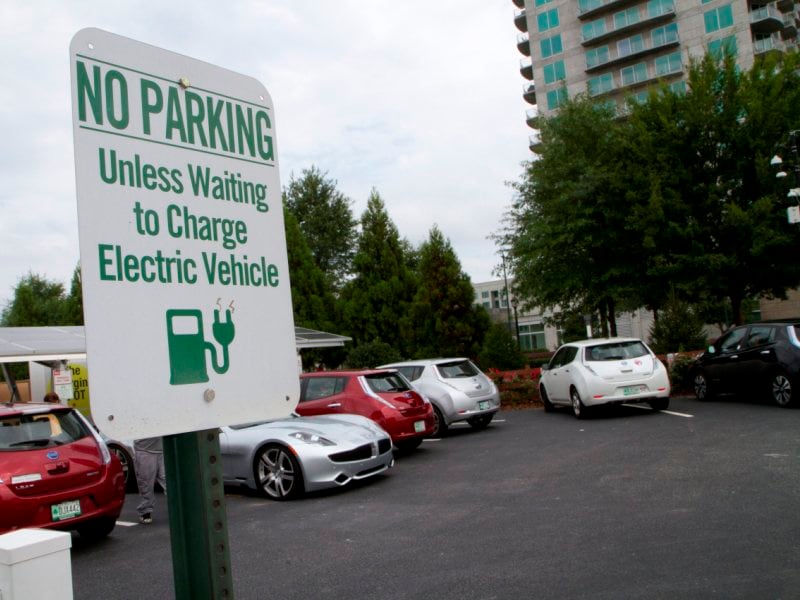
Meet the Not-So-Dirty Dozen
Now that you know a little more about the 2016 electric car tax incentives, let’s look at the vehicles that qualify for them. Just note that the Chevy Volt isn’t among these choices, because it adds a gasoline-fed, range-extending internal-combustion engine to its powertrain. Instead, what are presented here are the 12 vehicles from the 2016 model year that, per the EPA, are currently eligible for the IRS New Qualified Plug-in Electric Drive Motor Vehicle Credit under §30D of the Internal Revenue Code. (And stay tuned for a separate article about tax incentive information covering plug-in hybrids like the 2016 Chevrolet Volt.)
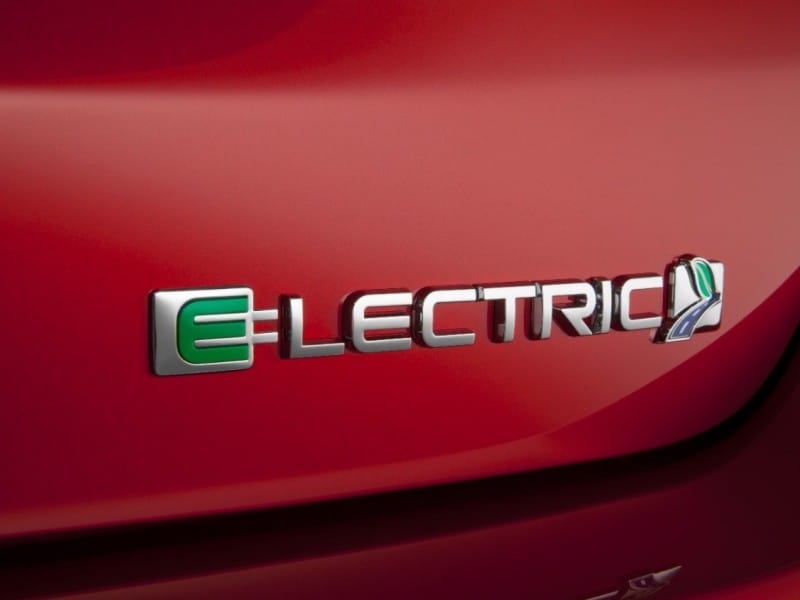
BMW i3
Now, just to be clear with the 2016 BMW i3, this a vehicle that, depending on its powertrain, qualifies for both the 2016 electric car tax incentives and those for plug-in hybrids. In both cases, the i3 enjoys a full $7,500 credit, but shoppers can use that discount for either a pure EV model, with an MSRP of $42,400 and a driving range of 81 miles, or one that adds a small turbo gas engine for extended overall travel and a price tag of $46,250. However, it’s also worth noting that the all-electric i3 has an 11 percent longer range on electricity alone, and it’s a bit brisker in terms of acceleration, since it can jog from 0-60 in 7.0 seconds; the extended-range i3 blends 72 miles of EV driving, 78 miles of gas-powered driving and a 7.9-second mark for the 0-60 sprint.
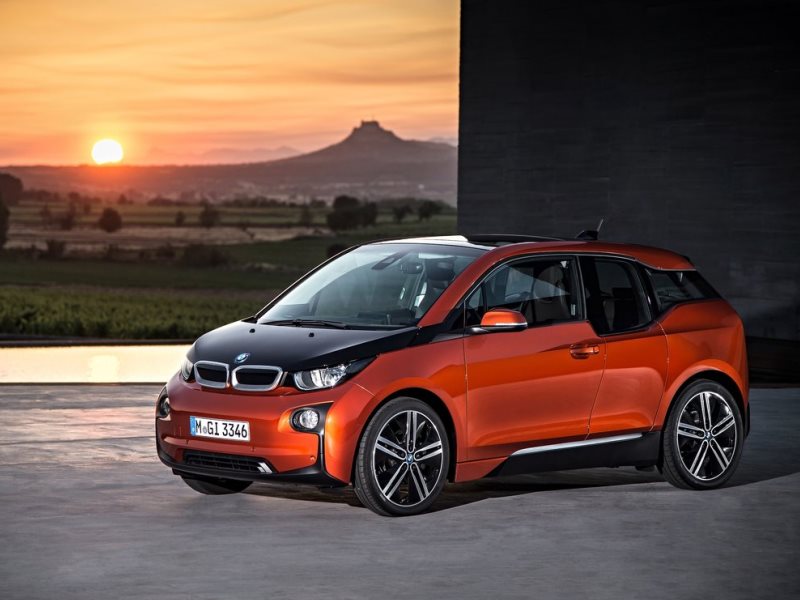
Photo by BMW
Chevrolet Spark EV
The 2016 Chevrolet Spark EV plays the role of spoiler for drivers who otherwise may be considering the Smart Electric Coupe. The Chevy product is $995 more expensive than its rival, but it’s also noticeably larger, with a second row of seating, and can deliver almost 15 more miles of electric driving range (for a total of 82). Additionally, if you factor in the 2016 electric car tax incentives, the Spark EV is the most affordable car in the country with a standard mobile Wi-Fi hotspot, courtesy of a post-credit price that starts at $18,495. Also standard with the Spark EV are heated front seats, push-button start, and a Chevy MyLink infotainment system with 7-inch screen. The Spark is somewhat sportier than the typical mainstream EV as well, since its 327 lb.-ft. of torque furnishes 0-60 acceleration of 7.2 seconds.
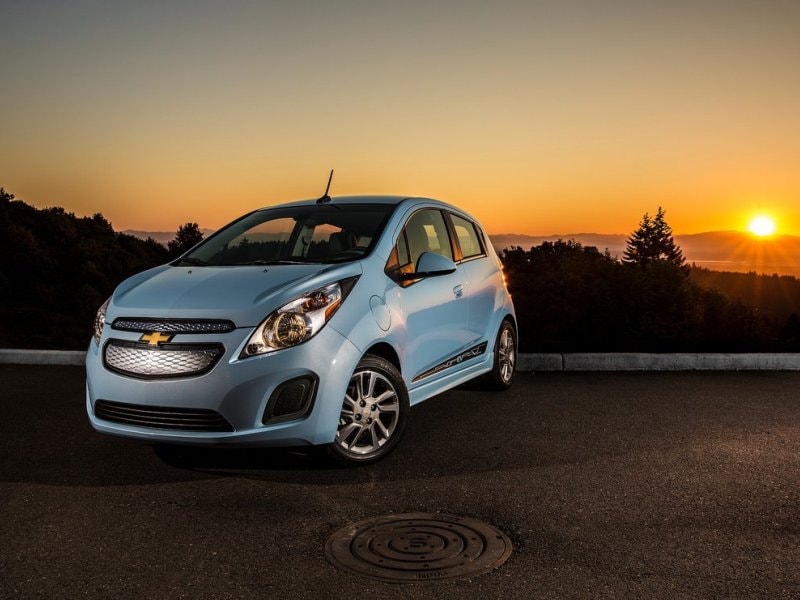
Fiat 500e
Fiat’s viecolo elettrico flashes the same debonair flair as its gas-powered siblings, and when the full $7,500 in 2016 electric car tax incentives are applied, it’s not that much more expensive. Actually, the 2016 FIAT 500e, requiring a net outlay that starts from $24,300, slightly undercuts the MSRP of the few 2015 “1957 Edition” cabriolets left lurking on dealership lots. The 500e also distinguishes itself with an 84-mile all-electric driving range in EPA testing, as well as what Fiat calls “blended braking” technology. Designed to provide a more familiar feel than with typical EV brakes, the stoppers in the 500e still enable impressive regenerative-braking capability while simultaneously working in concert with a sophisticated suspension to impart competent driving dynamics. There’s also an uptick in standard infotainment technologies in the 2016 500e, in the form of a newly standard Uconnect setup with a 5-inch touchscreen, Bluetooth connectivity and voice recognition.

Ford Focus Electric
The 2016 electric car tax incentives do slice $7,500 off the top of the MSRP for the 2016 Ford Focus Electric, yet while the vehicle’s resulting net price of $21,670 is very competitive with the costs for its rivals, the Blue Oval entry comes up a bit short in the range department. Indeed, the Focus Electric’s EPA-approved EV driving range of 76 miles ranks behind all other choices here except for the Smart Electric Coupe. On the other hand, the Ford product also provides standard premium touches like a rearview camera, heated front seats, LED exterior accent lighting, nine-speaker Sony audio, and the latest generation of the brand’s signature Sync technologies, complete with upgraded voice-recognition capability, an easier-to-use touchscreen interface and support from traditional switchgear. Ford’s MyKey technology is also standard to help owners monitor the habits of their younger drivers and encourage safer vehicle operation.

Kia Soul EV
The 2016 Kia Soul EV combines electrifying style with an all-electric powertrain and exclusive lithium-ion-polymer battery technology to serve up a 93-mile driving range. Even better, once the 2016 electric car tax incentives are taken into account, folks can roll in the Soul EV for as little as $24,450, which represents an additional savings of $1,750 as compared to the entry-level EV model from 2015. True, that’s because there’s a new starter model with a different standard content package, but onboard are still lux cues like heated front seats, a heated and leather-wrapped steering wheel, Kia’s “Supervision” meter cluster, push-button start and driver-selectable steering settings. At the upper end of the Soul spectrum, the “+” trim adds a new premium package for the 2016 model year that includes speaker lights that flash in time with the Soul’s six-speaker audio, LED lighting in the cabin and a panoramic sunroof.
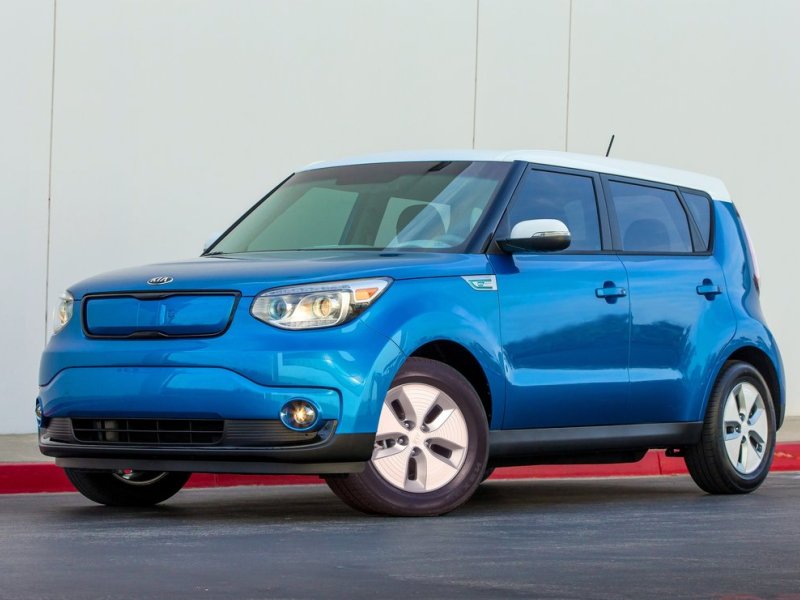
Mercedes-Benz B-Class
Although eligible for the maximum in 2016 electric car tax incentives, the 2016 Mercedes-Benz B-Class remains, as you might expect, thousands of dollars more expensive than EVs from the non-premium brands. But then again, the B-Class ownership experience is bolstered by a bevy of M-B luxuries and safety measures, including standard Collision Prevention Assist with adaptive brake assistance, and it does offer a competitive all-electric driving range of 87 miles. More importantly, that driving benchmark is 6 miles—13.5 percent—beyond that of the No. 1 real-world rival to the B-Class, the similarly silhouetted BMW i3. The Mercedes car also happens to cost less than its German compatriot, as the MSRP of the BMW EV is $42,400, while the M-B B250e starts at $41,500; on a post-tax-credit basis, that puts the Mercedes vehicle at $33,950. Mercedes further touts relatively rapid acceleration for the B-Class, backed by a 0-60 time of 7.9 seconds.
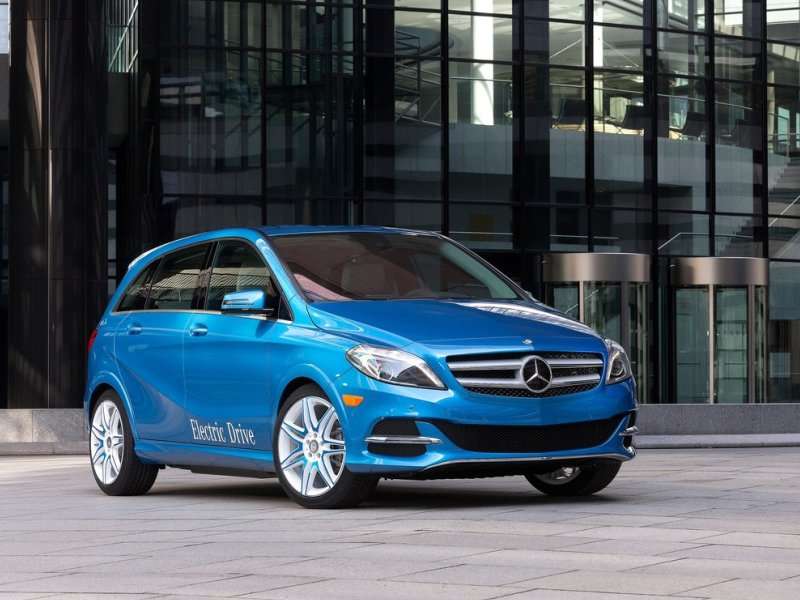
Photo by Mercedes-Benz
Mitsubishi i-MiEV
Mitsubishi helped pioneer the modern-day EV market back in 2011 in this country, but its current entry, the 2016 Mitsubishi i-MiEV, doesn’t seem to have been updated much in the meantime. As a result, the car has the shortest EPA-estimated driving range on the list, at 62 miles. It's also the lowest-price choice for customers who crave all-electric driving: Mitsubishi’s MSRP for the i-MiEV is a mere $22,995, and the 2016 electric car tax incentives can reduce that price tag to $15,495. Nor is the city-sized Mitsubishi lacking for content. Right out of the box, the car comes configured with many of the top standard features in today’s EVs, including heated front seats, a leather-wrapped steering wheel, six-speaker audio, front fog lights, rear LED combination lights, heated outside mirrors and a DC quick-charge port.
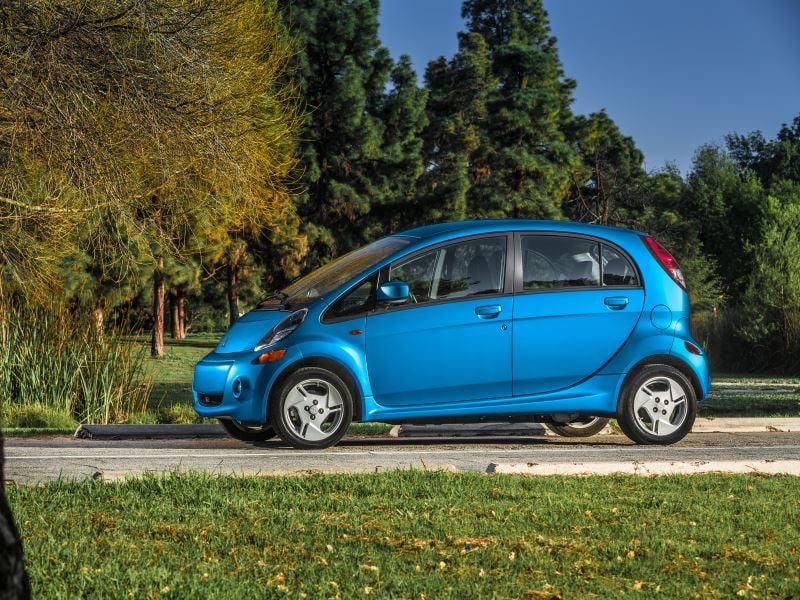
Nissan Leaf
The 2016 electric car tax incentives are welcome at all price points, of course, but they can really make their presence felt somewhat lower on the MSRP spectrum. For the 2016 Nissan LEAF, for example, the federal government’s $7,500 tax credit reduces the net starting point for the vehicle by more than 25 percent, to $21,510. Upgrading to the Leaf’s new 30-kWh battery pack does push that amount to $26,700 in the Leaf SV, but it also extends the driving range to 107 miles and brings additional content, including a quick-charge port and NissanConnect technology with navigation and access to mobile apps. Further, that base model Leaf isn’t so basic, as it furnishes standard features such as an 84-mile EV range, push-button start, Bluetooth, a rearview monitor, heated front seats, and NissanConnect audio with a 5-inch display, USB port and steering-wheel-mounted controls.
